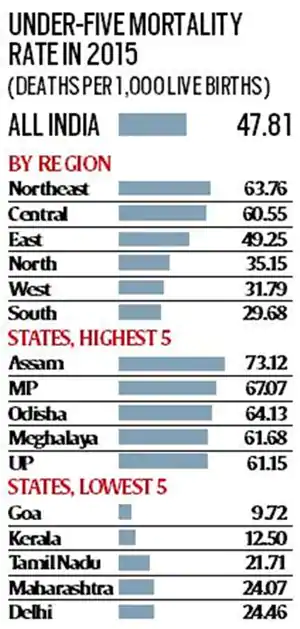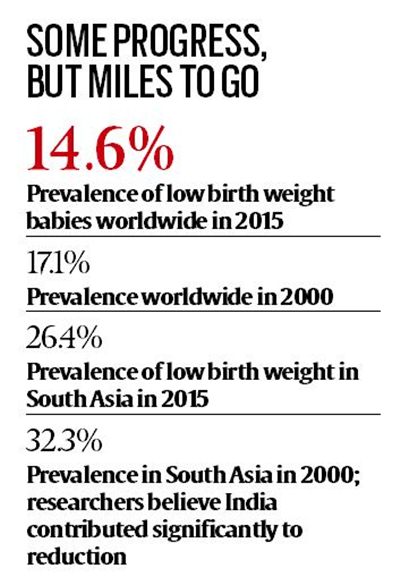7667766266
enquiry@shankarias.in
Why in news?
The Lancet Global Health journal recently published the results of studies on under-five mortality and low birth weight.
How is under-five mortality rate?

What is the low birth weight scenario?

What does it call for?
Source: Indian Express